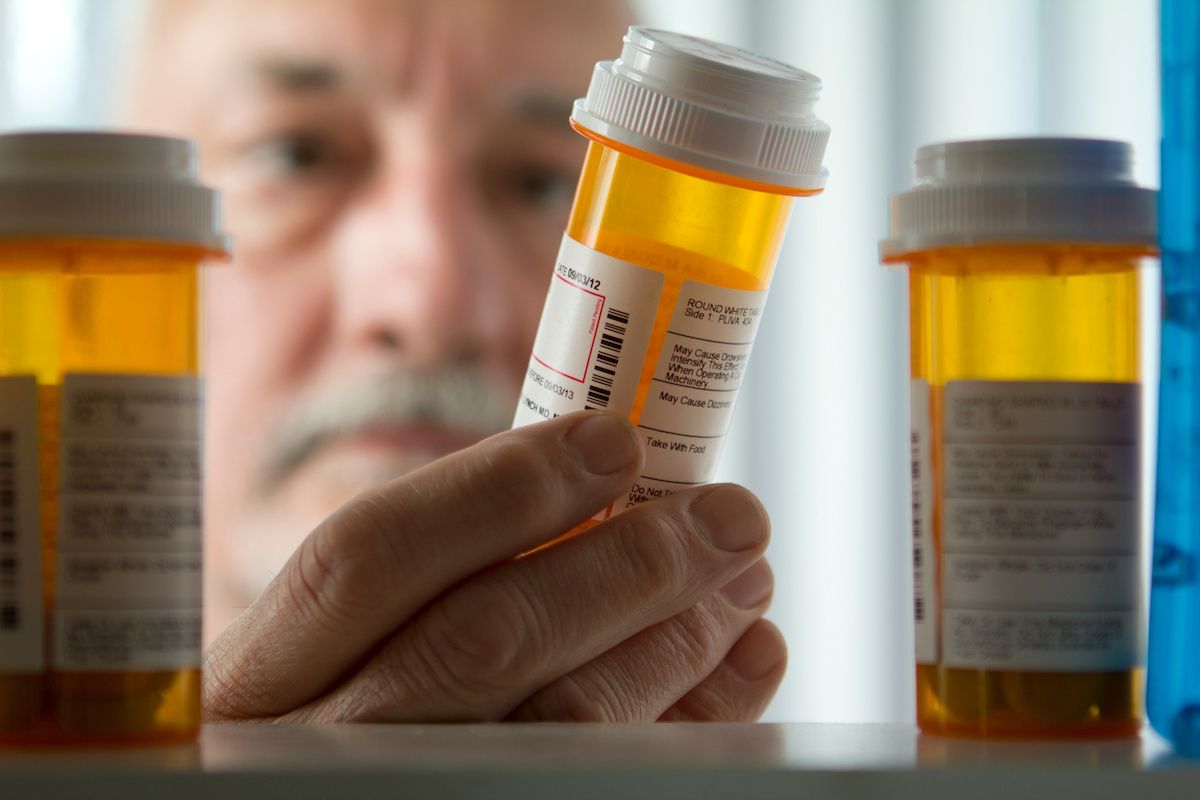Article
Digital Health Lessons From Around the World
Author(s):
While no one country has perfected use of digital health, there are some takeaways from what other countries are doing successfully, according to John D. Halamka, MD, MS, chief information officer, Beth Israel Deaconess Health System.
While no one country has perfected use of digital health, there are some takeaways from what other countries are doing successfully, according to John D. Halamka, MD, MS, chief information officer, Beth Israel Deaconess Health System, who presented at the Association of Community Cancer Centers’ 45th Annual Meeting and Cancer Center Business Summit, held March 21-22 in Washington, DC.
Halamka recently traveled to 14 countries in 60 days to understand how they are using technology in healthcare and to learn from other societies. In China, families line up at 4 in the morning at academic medical centers to get treatment because they don’t think the community is the place where they should get care and they don’t have primary care doctors. According to Halamka, there is no order to the medical system, so Chinese President Xi Jinping came up with the idea of using past experiences of patients to inform how patients should experience care in the future and using digital tools to tell patients where they should be getting care.
In China, there is a pilot project taking place in the entire city of Shanghai to design a common data set. The government is forcing every provider at every encounter to submit the data. “I’m not saying it’s good, but it’s efficient,” Halamka said. The pilot gives China an opportunity to understand the care experience for 29 million and use that to inform care in the future.
In India, patients own their data, so they can bring it with them to any doctor they visit. The place he visited was very poor, with an average daily income of $1.50, a lack of infrastructure, and a lack of medical care. However, the place he visited had 4G cell phone connection.
The Gates Foundation is trying to figure out a way to create a set of services accessible by cell phone so patients and families can input symptoms and find out where to go. The idea being worked on is for every village to have a telemedicine liaison, where families can go and get connected to an expert for a consultation for $1. And maybe, Halamka said, if a system like that can work in poor rural areas of India, it can work in places like Massachusetts.
“Sometimes, you actually have to experiment outside of the US to get it right,” he said.
In the Nordic countries, the technology isn’t the problem, it’s the political circumstances. While these countries have decided healthcare for all is a right and that data will be shared across the community, these countries are now grappling with the General Data Protection Regulation. Norway wants to share genomic information, but how does that kind of information get deidentified?
Finland passed a law that a person’s deidentified medical record belongs to the public, because society is keeping that person healthy. “So, how can you deprive society of your life experiences, if it could help someone in the future?”
There is no ability to opt out in Finland, because it is the law, and Halamka marveled at trying to get something like this instituted in the United States, where each state has different privacy laws.
In Scotland, every citizen has a problem list, medication list, last laboratory data, and allergy information in a common database for every emergency doctor in the country to be able to access.
“You show up in an emergency department, we already know who you; we already know what your problems are,” Halamka said. “And we don’t give you unnecessary, unsafe care.”
However, with good ideas, sometimes it’s better “to be a fast follower than an early adopted,” he said, using Australia as an example. While the country had a good idea of making every medical record available to every patient in a single portal, they made a mistake with the data standard they chose: PDF. As a result, PDFs for each doctor was coming in and it made it difficult to do things like drug—drug interaction checks.
Now, in the United States there have been 800 pages of proposed rules to make it possible for every patient to have full digital access to their clinical and financial data, and they will be able to share that information at their will. So far, Halamka is fairly happy with the suggestions that “will make patient care navigation easier for all.”
Halamka was the second patient in the Human Genome Project, which means anyone can go find his genomic data. As someone who participated, he now knows that he has a high likelihood of dying from prostate cancer. While there have been recommendations to stop prostate-specific antigen (PSA) testing because it is not effective in the overall population, Halamka is not the overall population. In contrast, he is a healthy individual who keeps a vegan diet and his cholesterol is low. As a result, it doesn’t make sense to order a low-density lipoprotein cholesterol test for him every year, but it does make sense to order a PSA test every year.
“That’s the kind of care planning you’d like to develop,” he said. But this depends on sharing data, and the country isn’t quite sure how it feels about sharing this data yet.
The collection and use of data also enable the healthcare system to implement artificial intelligence (AI) and machine learning. There are some concerns about both AI and machine learning in that they are only as good as the data being used, and a lot of basic information being collected and input is flawed.
“This is not about replacing doctors,” Halamka said. “It’s about giving doctors the tools to allow them practice more efficiently and safely.”

The Importance of Examining and Preventing Atrial Fibrillation




